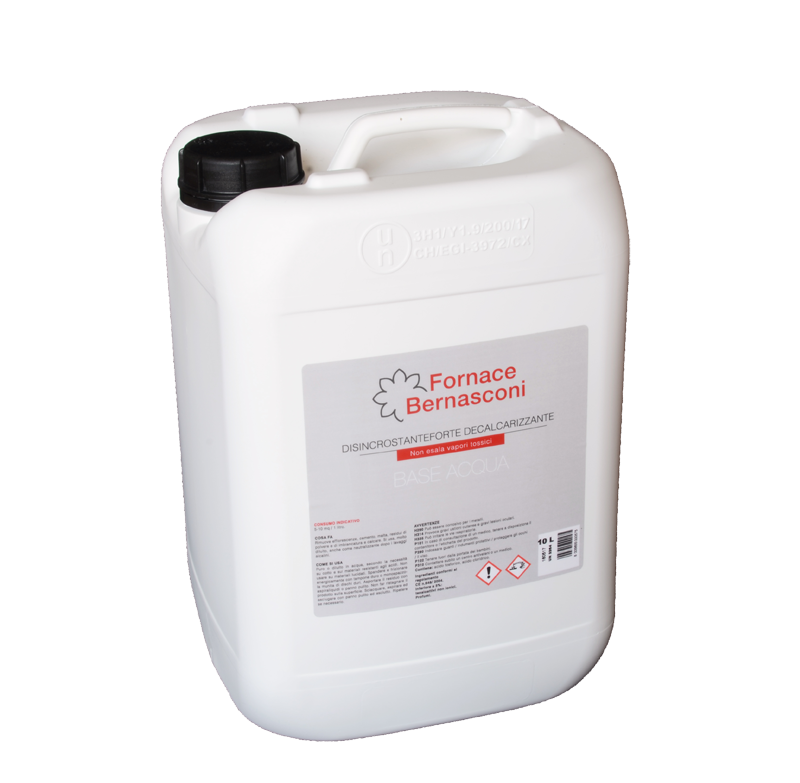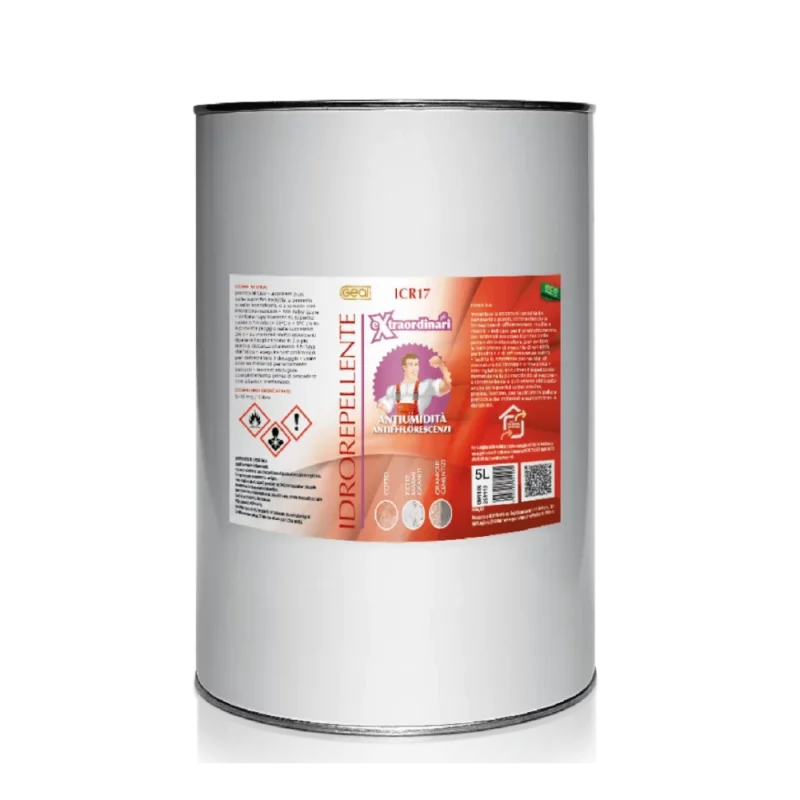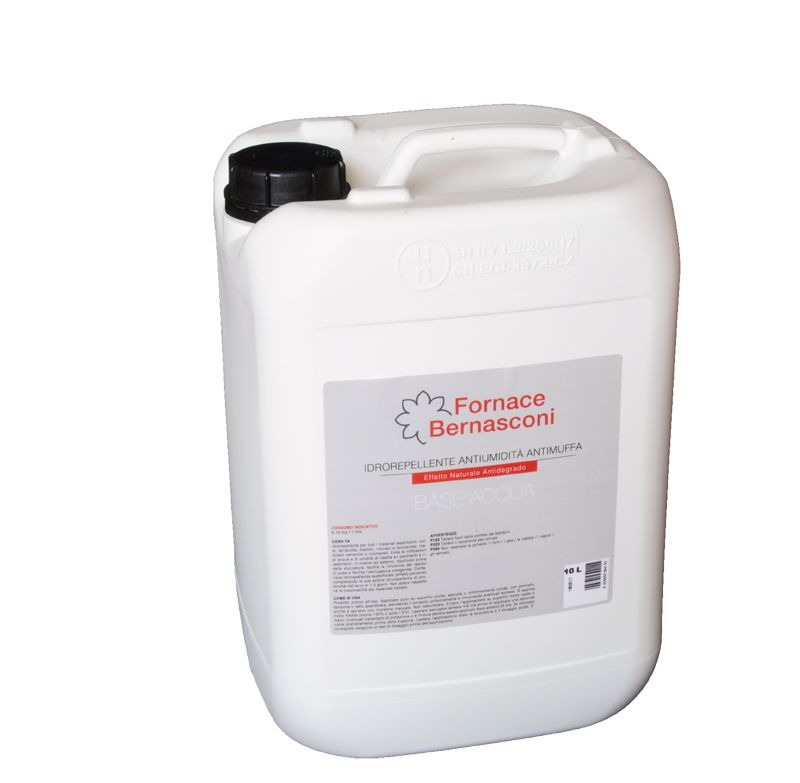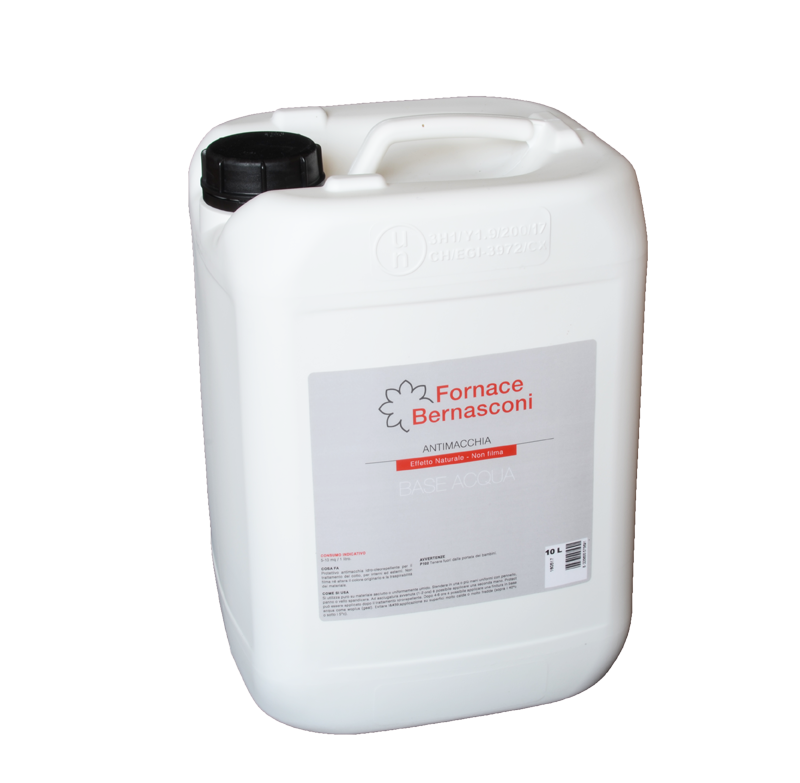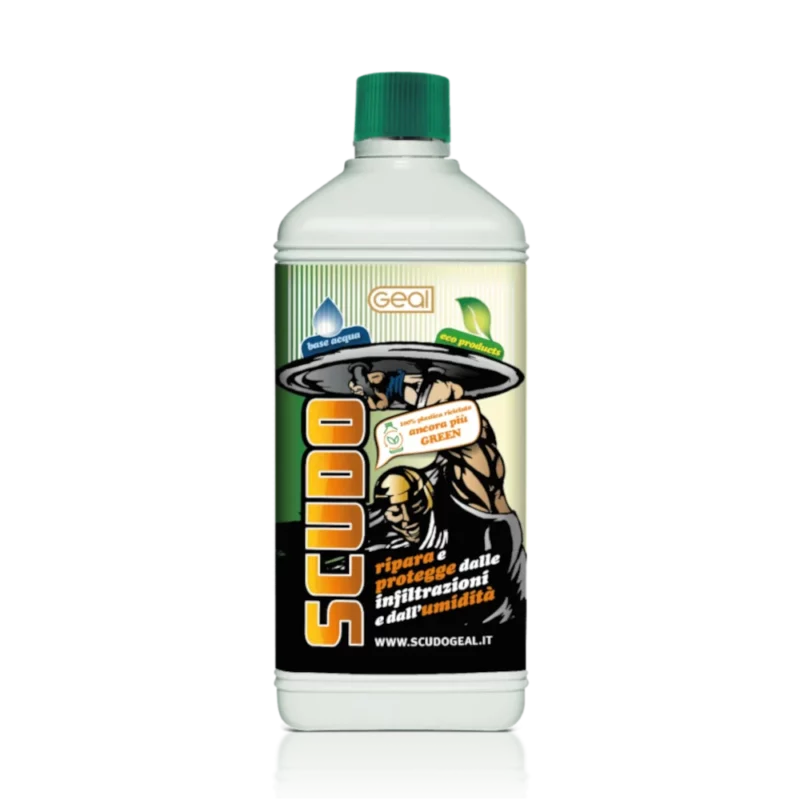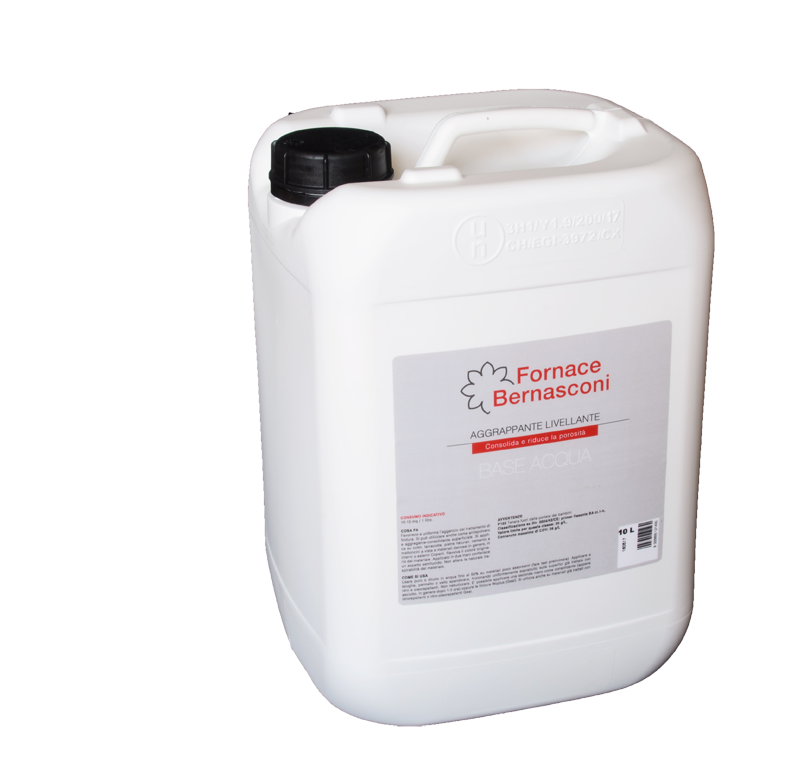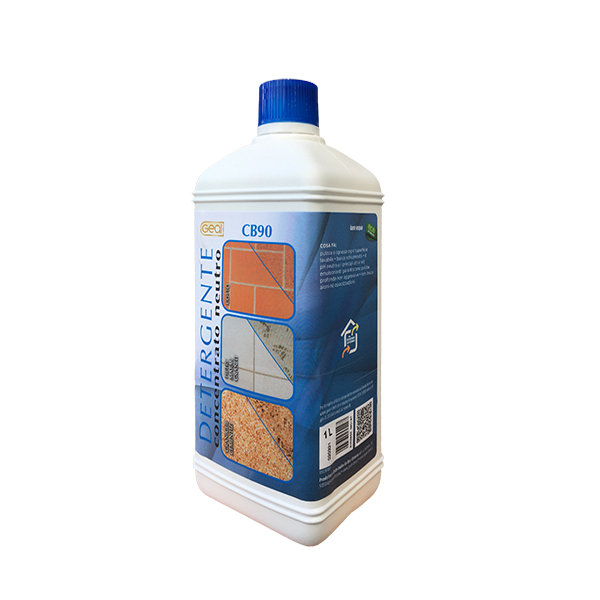Handmade terracotta and salt air: a delicate relationship
With the arrival of summer, those lucky enough to have a seaside home must face a major enemy of outdoor surfaces: salt air.
Handmade terracotta, chosen for its authentic beauty and artisanal appearance, is perfect for outdoor areas like terraces, patios, and walkways. In fact, handmade terracotta floors are extremely durable and long-lasting. However, due to its naturally porous nature, terracotta can suffer from exposure to the marine environment over time.
You may notice white stains or dusty halos appearing on terracotta surfaces. These marks, known as salt efflorescence, are among the most common types of damage caused by salt air. They are salt crystals that form on the surface of building materials when certain hydrated compounds – such as chlorides, nitrates, gypsum, or copper sulfate – lose their water of crystallization due to a difference between the vapor pressure of the compound and that of the surrounding atmosphere.
It’s important to note, however, that the reaction which creates so-called “saltpeter” is completely natural, and the idea that terracotta irreversibly suffers from salt air is a myth. History proves it: the Ancient Romans used terracotta bricks to build their ports because of their strength and versatility. These bricks were used in all port structures – piers, docks, and surrounding buildings. Even today, we can admire ancient harbors made of terracotta bricks that are still well preserved, such as those in Ostia, Anzio, Civitavecchia, Orbetello, Miseno, and many others throughout Italy and the Mediterranean. These bricks have been in direct contact with seawater for over two thousand years and still stand strong.
That said, in a private home or hospitality facility, the appearance of saltpeter on outdoor surfaces can be aesthetically unpleasant. In construction, efflorescence is often seen on plaster, bricks, natural stones, and terracotta flooring – especially those that haven’t been properly waterproofed or adequately protected.

How to clean a terracotta floor
If your outdoor terracotta floor looks damaged after winter or exposure to the sea, don’t worry: with proper maintenance, it can look as good as new. Let’s go through the process together:
1) Preliminary cleaning
Start by thoroughly sweeping and vacuuming the entire surface. Remove sand, leaves, dust, and debris that could interfere with the cleaning process.
2) Buffered acid treatment
To effectively remove salt efflorescence, use buffered acid — a cleaner based on sulfamic acid. It’s gentle yet very effective on porous materials like terracotta.
Here’s how to proceed:
-
Wear rubber gloves.
-
Dilute the product in water according to the instructions.
-
Apply the solution to the floor and let it sit for a few minutes.
-
Scrub with a stiff-bristle brush or abrasive sponge.
-
Rinse thoroughly — even twice, if necessary.
Note: Before applying the product to the entire surface, test it on a hidden area to check compatibility.
3) Restoring protection
After cleaning, it’s essential to protect the terracotta with:
-
Water- and oil-repellent products, which create an invisible barrier against moisture and salts.
Products for treating outdoor terracotta
Better safe than sorry


To limit damage caused by salt air, here are some practical tips:
-
Clean regularly using neutral (pH-balanced) detergents.
-
Apply protective treatments both before and after summer.
-
Avoid the buildup of brackish water on the floor.
-
Protect the most exposed areas with light covers or draining mats.
Don’t know where to start? Don’t worry!
The DIY Treatment Kit for Terracotta by Fornace Bernasconi includes all the products you need to expertly protect your outdoor terracotta flooring, making it water-repellent and stain-resistant.
We provide all technical data sheets, a detailed user manual, and a dedicated phone support service to guide you step by step through the application process.
Prefer to rely on expert hands?
No problem!
Fornace Bernasconi offers specialized services for:
-
protecting new, untreated terracotta floors;
-
cleaning and restoring old terracotta surfaces;
-
personalized treatments tailored to the specific material and context.
Relying on a professional treatment is often the best choice to enhance the long-term beauty and durability of terracotta.
With regular and mindful maintenance, even your seaside home can boast a terracotta floor that always looks flawless.
Contact us to find the best solution for your needs, request a quote, or get support in using our products.

